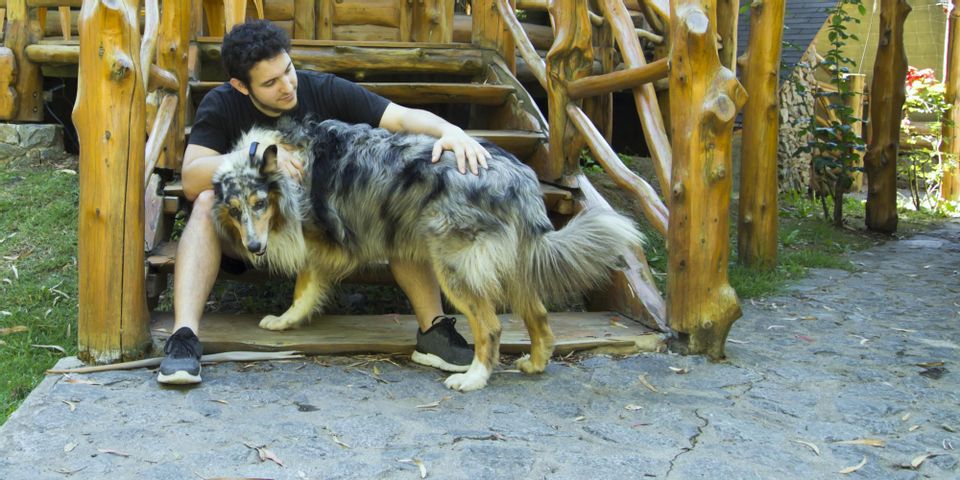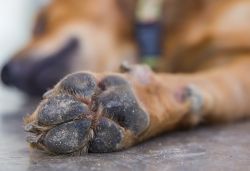How Can You Care For Your Dog After Amputation Surgery?

Whether your dog needs a leg amputated because of an injury or another health issue, there’s no reason the canine cannot enjoy a high quality of life after leaving the pet hospital. Most dogs adapt to walking on three legs quickly but still require extra care. Here, review the following tips for taking care of your dog immediately following surgery.
A Canine Owner’s Guide to Taking Care of Your Dog After Amputation Surgery
Immediate Post-Surgery Care
Follow your veterinarian surgeon’s instructions regarding bandages or Jackson-Pratt (JP) drains. Your pooch may require bandage changes for a few days, or have a JP drain inserted to collect fluid from the surgery site. JP drains use suction to collect fluid from a surgical site with a small tube inserted under the skin, which drains into a bulb-shaped container. If your dog needs a JP drain, the veterinary surgeon will provide instructions for emptying and cleaning the drain. The drain usually stays in for four days to a week or more.
Keep your dog from licking the incision and possibly infecting it. Covering it will ensure the site remains dry, clean and free from signs of infection such as redness and swelling. Do not clean the incision unless your vet gives specific instructions.
Provide comfortable bedding so your dog can recover, and move the canine’s food and water dishes, so they do not have to walk far from their bed. Put any medication the pet hospital gave you in your dog’s food. If your home features stairs, you can use baby gates to keep the dog on one floor, carry the pooch up and down the stairs, or install ramps.
It typically takes between 10 and 14 days for the canine to recover; however, depending on the breed and current health, the dog may start walking around a few days after surgery. If you notice missing stitches or excessive fluid drainage, contact your veterinarian to determine the next steps.
Long-Term Care
 Help your canine thrive with a healthy, balanced diet, and lots of love and attention. Start with short walks to increase muscle strength, and look for signs of pain, infection, and weight gain. If you notice problems with the incision site or any other health issues, visit your pet hospital as soon as possible to discuss your options. Should your canine require a wheelchair, get one that’s customized for your dog, and stay patient as the animal learns to move post-surgery.
Help your canine thrive with a healthy, balanced diet, and lots of love and attention. Start with short walks to increase muscle strength, and look for signs of pain, infection, and weight gain. If you notice problems with the incision site or any other health issues, visit your pet hospital as soon as possible to discuss your options. Should your canine require a wheelchair, get one that’s customized for your dog, and stay patient as the animal learns to move post-surgery.
The veterinarian surgeons at Alexandria Pike Animal Hospital provide amputations among other surgeries that keep pets healthy and happy. The pet hospital has served downtown Cincinnati, OH, and Northern Kentucky since 1956, and offers discounts to seniors and local pet shelters. Call (859) 781-1800 today to make a wellness appointment, or learn more about the pet hospital online and follow the Facebook page for additional pet care tips.
About the Business
Have a question? Ask the experts!
Send your question

